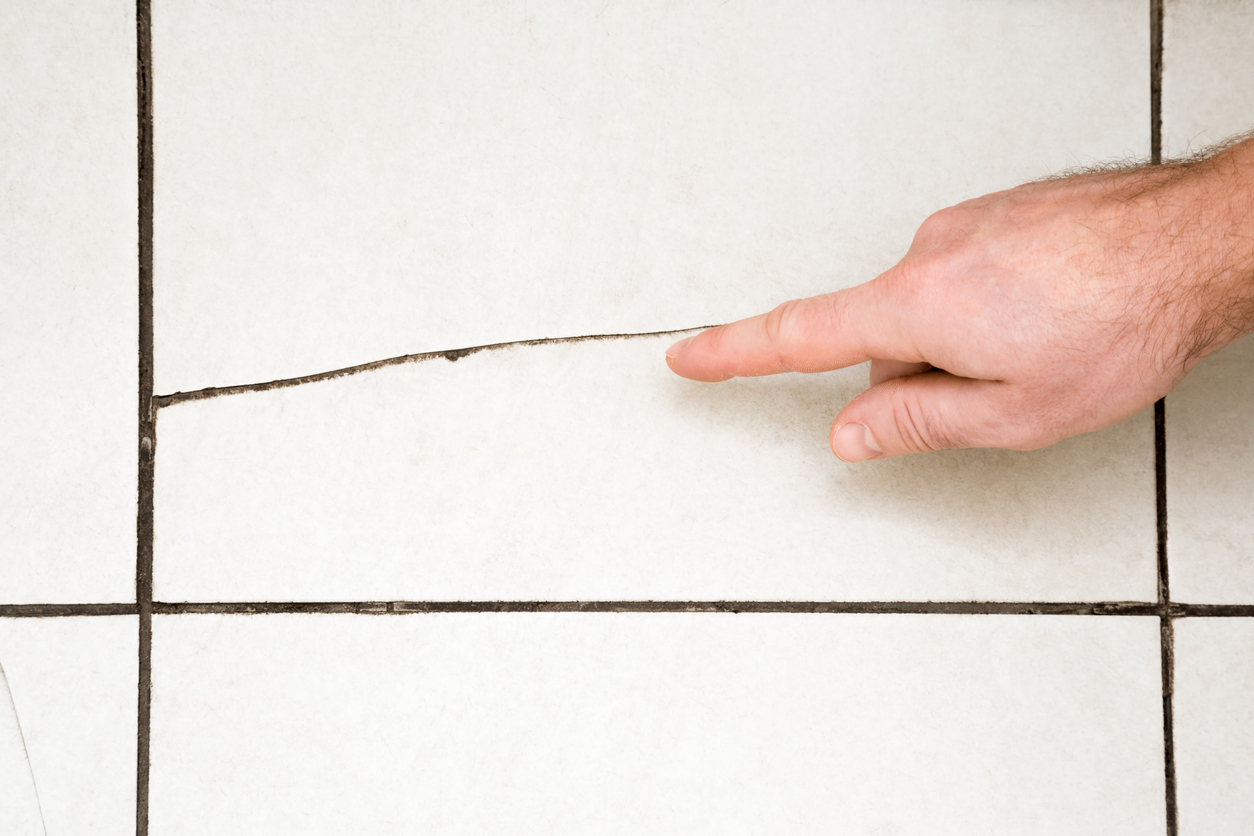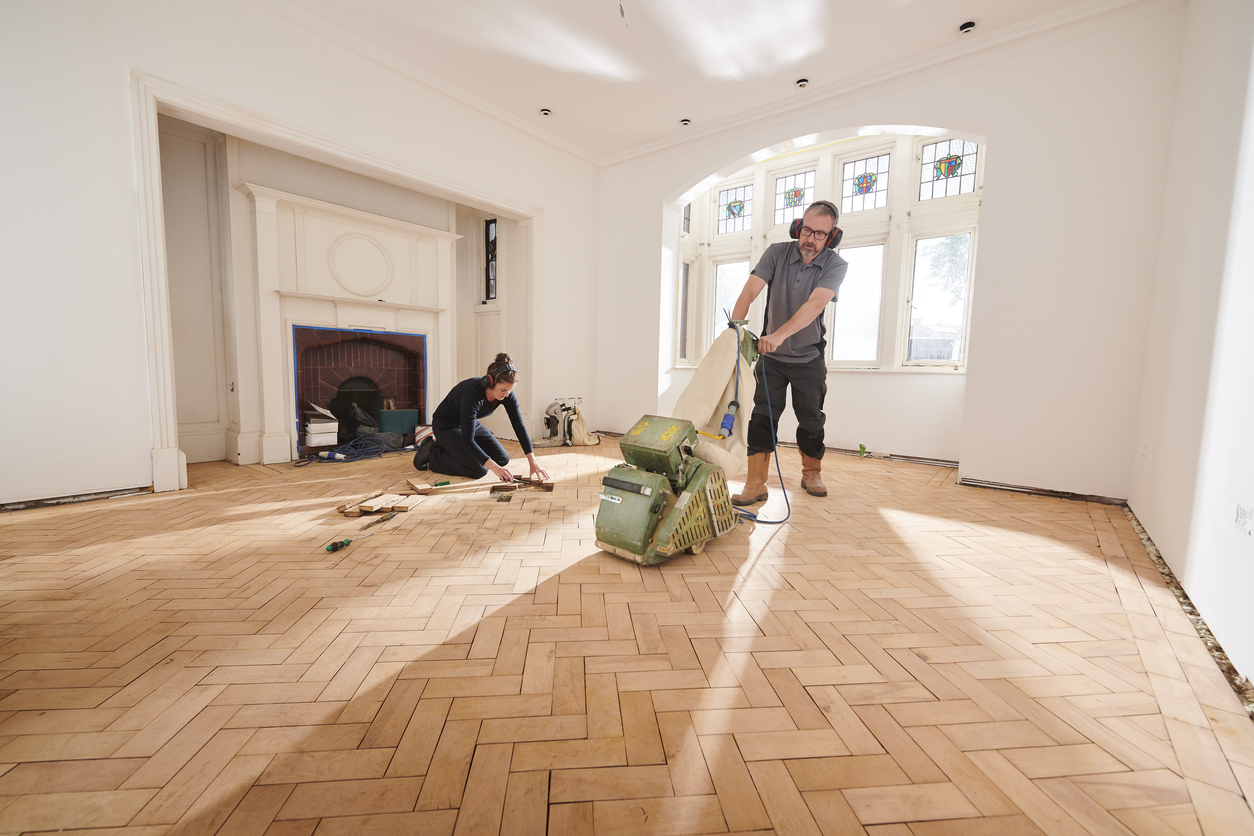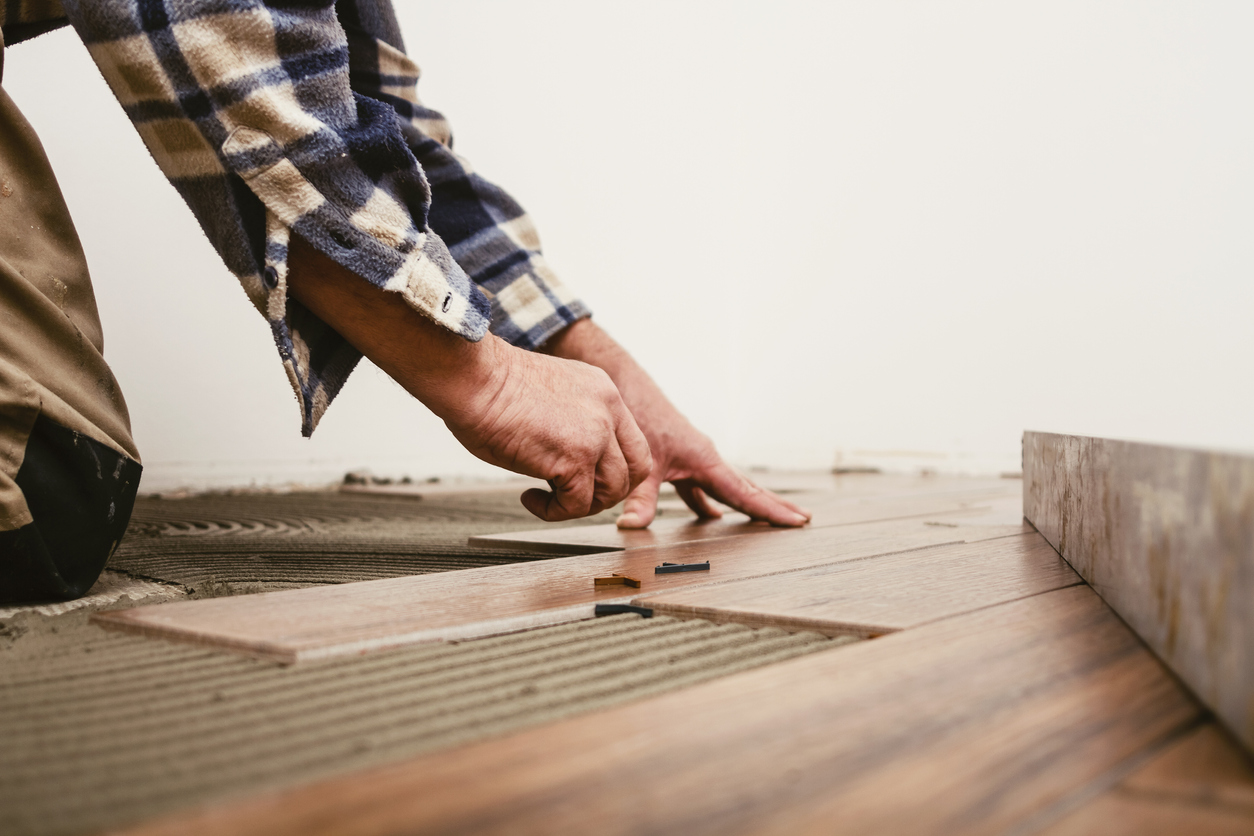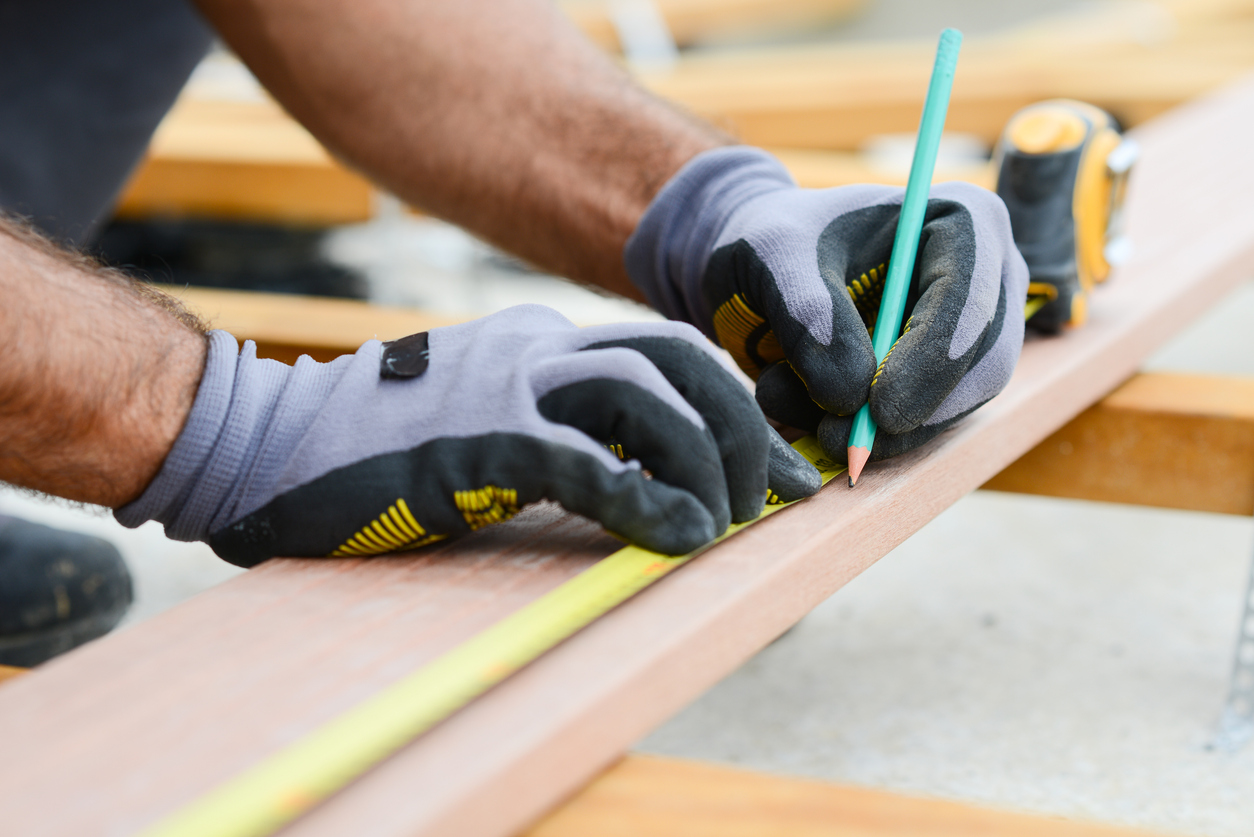If you order a BTO, your bathroom will have a waiting period of three years before its floors can be replaced. Replacing of certain floor finishes, such as ceramic, marble, and tiles, requires a permit from the HDB, even in other rooms. As such, replacing flooring can be a long and frustrating process. An easier alternative is to place a second flooring layer on top of the existing one by using adhesive – a process known as overlaying. If that’s the option you are leaning towards, here are some things you should consider before taking the plunge.
- Is your flooring in good condition?
The most important prerequisite to overlaying your floor is to know its condition. Tiles, for instance, can be hollow or damaged inside without visible signs of wear. Tap them to check for hollow sounds. Other materials can have internal damage as well, especially raw ones like wood. If the original layer is damaged, the extra weight of an overlay can end up cracking the floor underneath. This makes for an uneven and potentially hazardous finish.
- Is the bottom layer even?
Not all floor types are ideal for overlaying. Hardwood floors, for instance, often end up with slight bumps due to the natural movement of the material. Tiles have grout joints, which can become inconvenient if they are too pronounced. If your original flooring is uneven, you might have to opt for a very sturdy and even material for the top layer, such as stone. If you are set on a cheaper and more flexible material, such as vinyl, you will need to even out your bottom layer as much as possible. For example, you can sand your wooden floors for a smoother finish.
- Do you need an additional substrate?
A substrate is a layer you install in between the original flooring and the top layer. It’s commonly made of plywood or particle boards, as they are affordable and sturdy. While adding a substrate involves some extra work and additional cost, it’s a worthy investment. It will ultimately protect the bottom layer, and keep your overlay from sinking or cracking. Despite all efforts to achieve a smooth and even finish, a substrate is often the best solution. Even if you don’t necessarily need one, consider installing a substrate in the name of longevity.
- What is the maximum floor height?
Amid renovation plans, it’s important to remember that the HDB has guidelines and regulations for maximum floor height. According to the HDB, “thickness of the floor finishes inclusive of the adhesive must not exceed 13mm.” Measure the thickness of the existing floor and make sure you have room to add the top layer, adhesive, and potential substrate.



